The first frost
No, it hasn't got that cold in Hirosaki just yet, apart from one small spot located 1400m above sea level. One of the reasons I climb so often is that it bares more starkly the process of the seasons, which I like. At 8:30am I was in autumn, then some two and a half hours later I was walking through what could only be described as winter.
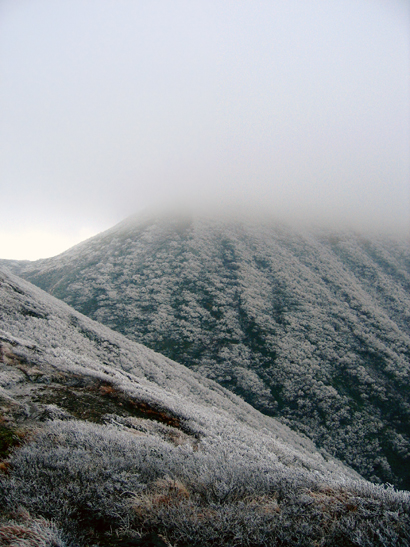
As seasons change over a length of time you often pay less attention to the change itself than to the immediate effects of your surroundings; sweat on one's forehead in summer, cold fingers in winter. Climbing on Monday, I noticed the sound of rustling leaves one minute, then the sound of frost breaking underfoot the next.
The scenery above 1400 was marvelous if you ask me: bleak.
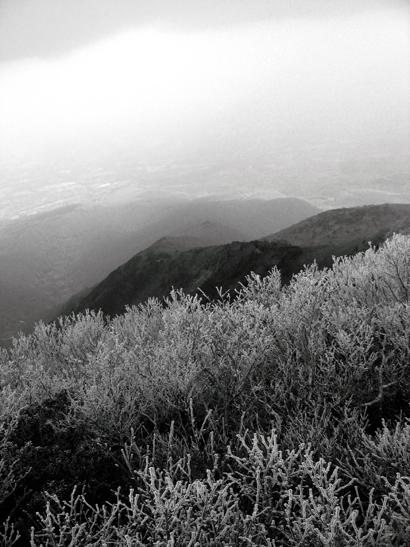
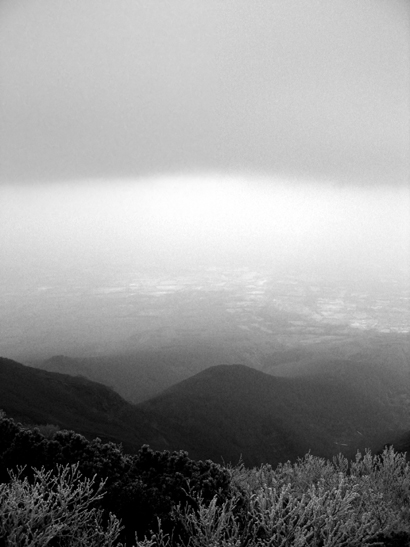
It's easy to understand why the seasons have long played a consistent and central role in Japanese culture and literature. In England, the winters are usually cold, but not so cold as to change your lifestyle, and then the summers are sometimes hot, but more often than not they are indifferent to the rest of the year. In Japan, the annual rise and fall of temperatures is really quite in your face. At least in northen Japan it is.
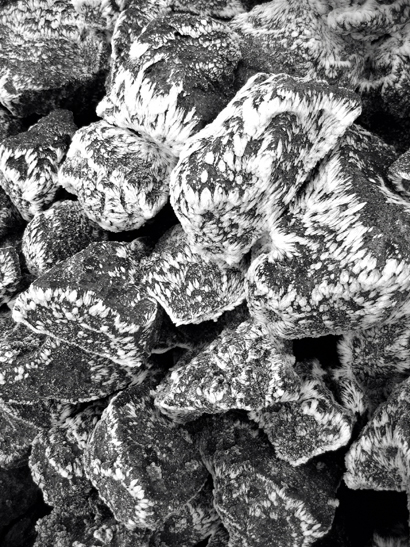
Wind blown frost forming on rocks at Akakura dake.
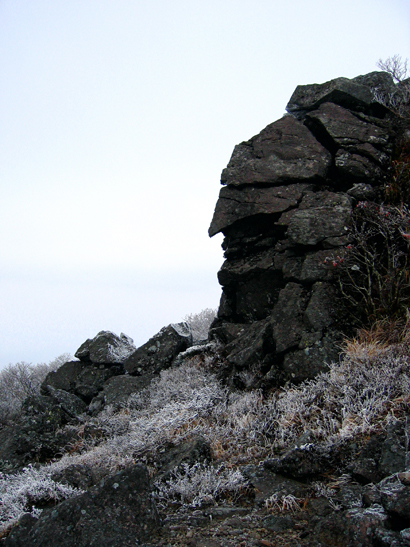
A rock which I think looks like a bent out of shape face.
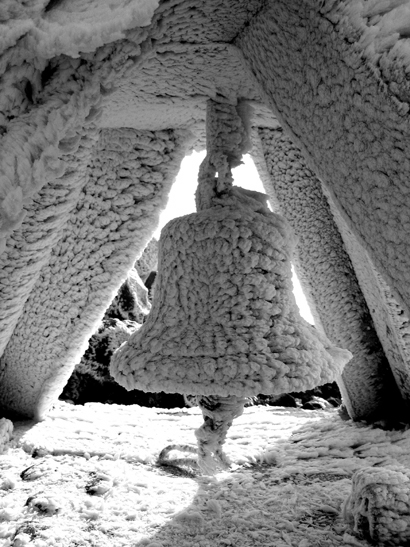
I went to ring the bell at the top, but found it looking like this.
I'm off up again tomorrow, but I doubt it'll be frosty up there. Temperatures have swung up slighty since Monday, but I'm gambling on the first snow to come within the next two weeks.
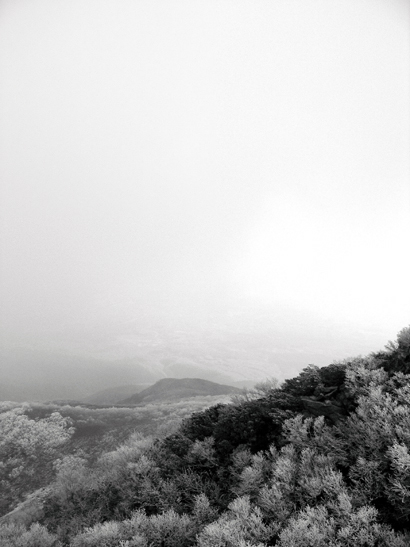

As seasons change over a length of time you often pay less attention to the change itself than to the immediate effects of your surroundings; sweat on one's forehead in summer, cold fingers in winter. Climbing on Monday, I noticed the sound of rustling leaves one minute, then the sound of frost breaking underfoot the next.
The scenery above 1400 was marvelous if you ask me: bleak.


It's easy to understand why the seasons have long played a consistent and central role in Japanese culture and literature. In England, the winters are usually cold, but not so cold as to change your lifestyle, and then the summers are sometimes hot, but more often than not they are indifferent to the rest of the year. In Japan, the annual rise and fall of temperatures is really quite in your face. At least in northen Japan it is.

Wind blown frost forming on rocks at Akakura dake.

A rock which I think looks like a bent out of shape face.

I went to ring the bell at the top, but found it looking like this.
I'm off up again tomorrow, but I doubt it'll be frosty up there. Temperatures have swung up slighty since Monday, but I'm gambling on the first snow to come within the next two weeks.


<< Home